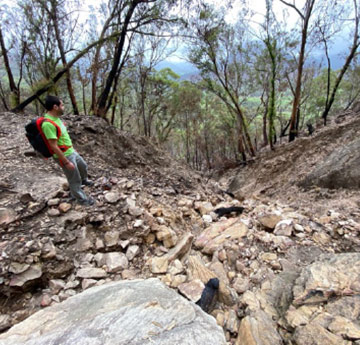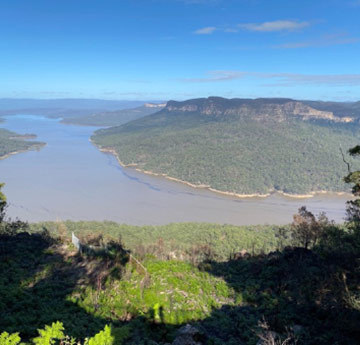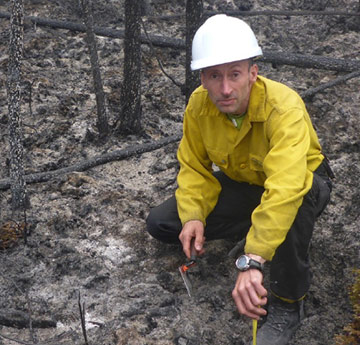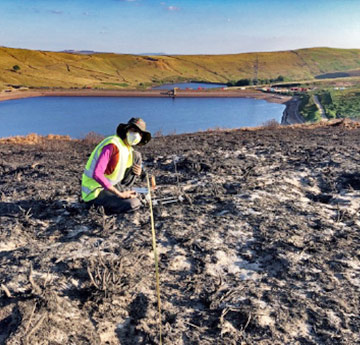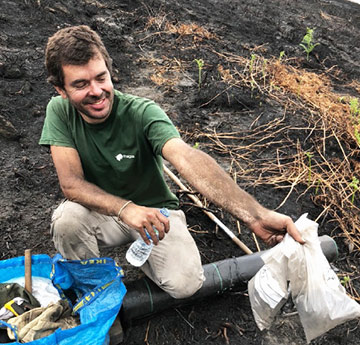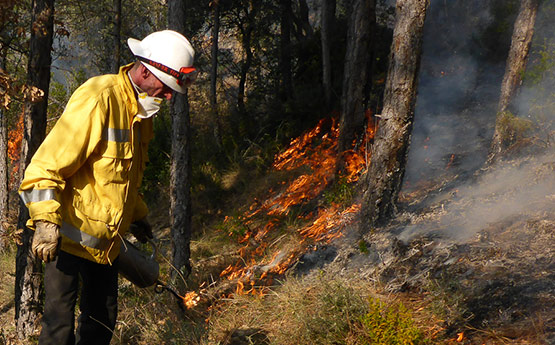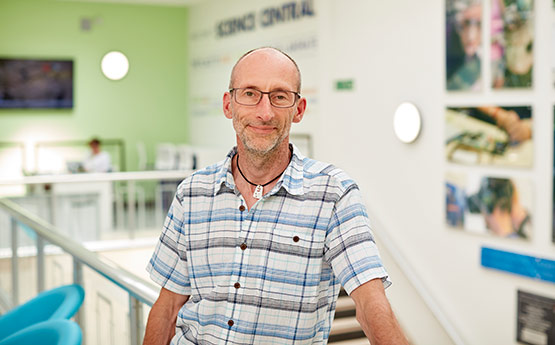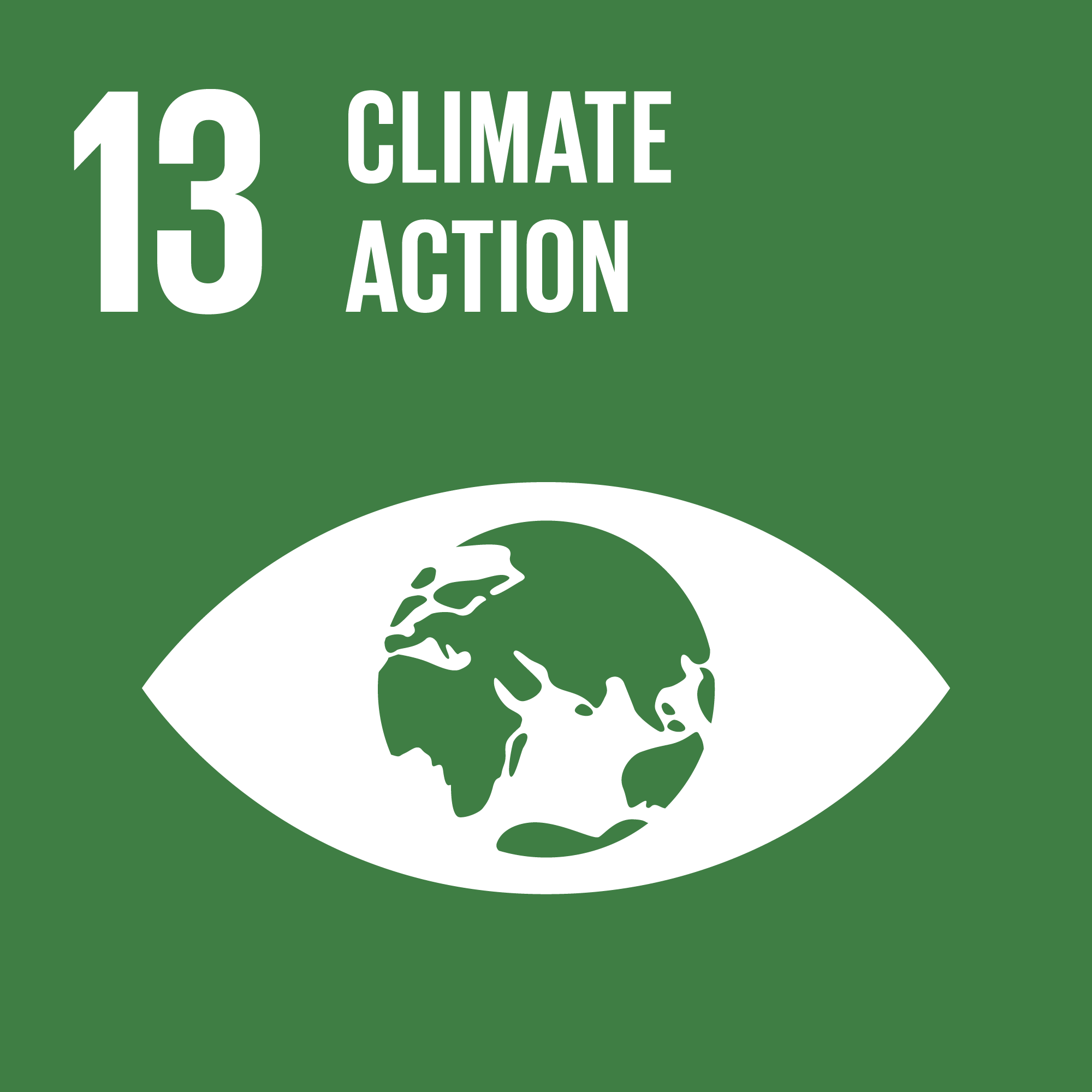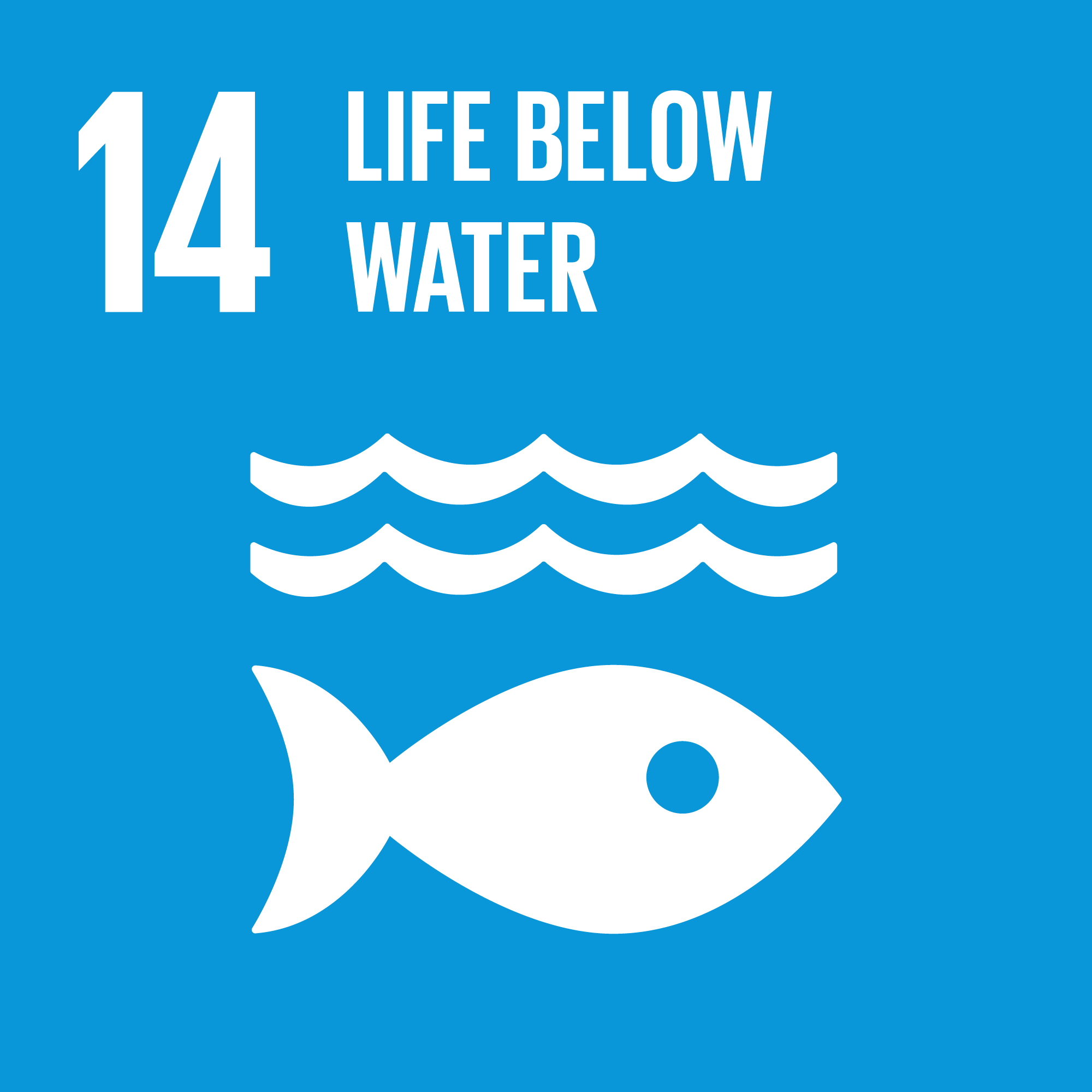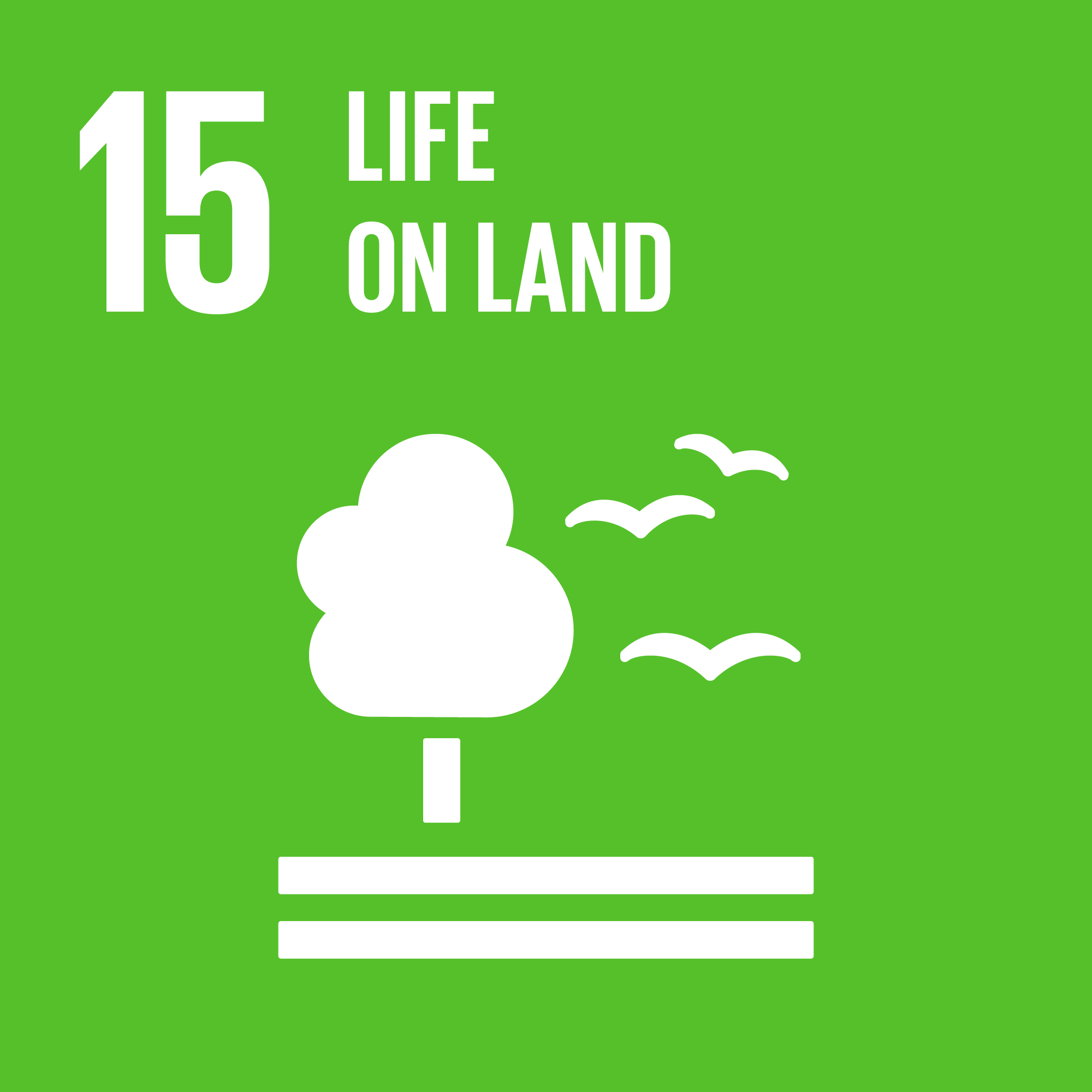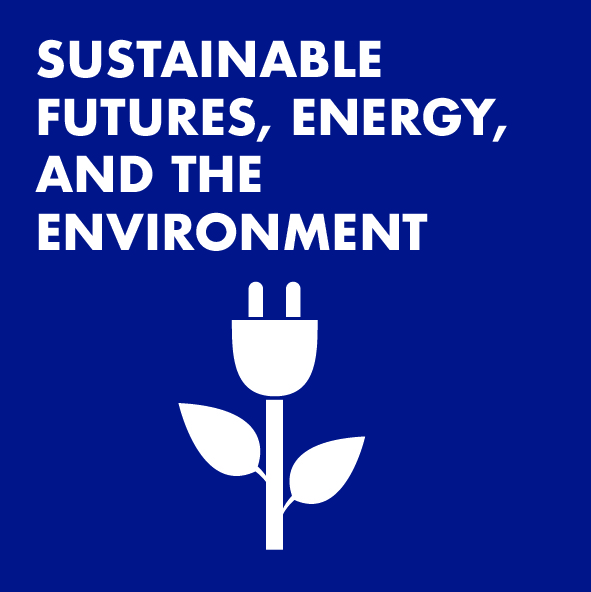The Challenge
Increasingly extensive and severe wildfires driven by climate and land use changes are posing major challenges around the world. Amongst their impacts is the erosion of nutrient and contaminant rich wildfire ash from burned slopes into rivers and reservoirs. This can lead to water contamination affecting not only aquatic ecosystems, but also drinking water supply for major cities. One of the main challenges in tackling this problem has been the lack of tools that enable predicting and mitigating contamination events following fires.
The Method
In collaboration with major water suppliers Water New South Wales (Australia) and United Utilities (UK), the Island Council of Tenerife (Spain), and colleagues at the US Forest Service and Melbourne University, Professor Stefan Doerr’s team have developed a set of tools and an end-user model that allow predicting sediment, ash and contaminants transport following actual or anticipated future wildfires. The model outputs include the identification of erosion ‘hot-spots’ in the catchments that can be treated to prevent serious erosion and prevent associated contamination events altogether.


